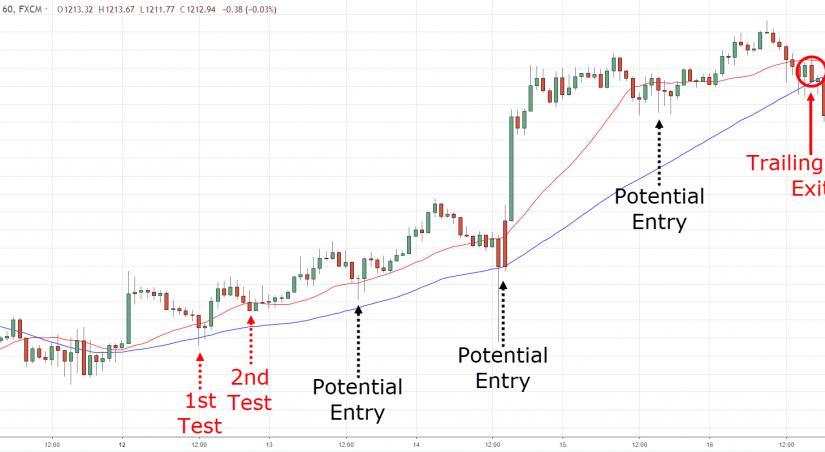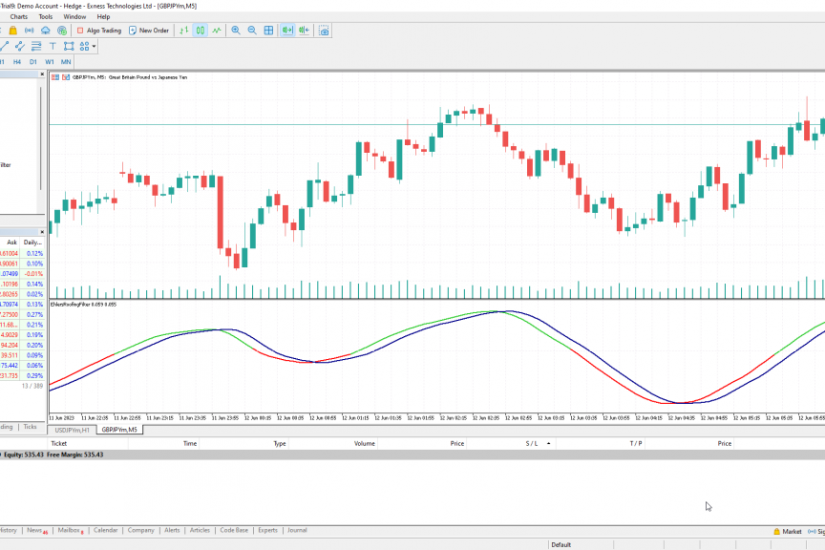Forex trading strategies are systematic approaches or methodologies employed by traders to make informed decisions about buying or selling currency pairs in the foreign exchange market. These strategies are designed to help traders identify potential trading opportunities, manage risk, and maximize profits. Forex trading strategies are based on various principles, including technical analysis, fundamental analysis, or a combination of both.
Traders use forex trading strategies to analyze price movements, market trends, and other relevant factors to determine when to enter or exit trades. These strategies can be customized and adapted to suit individual trading styles and preferences. They provide a structured framework for making trading decisions, helping traders navigate the complexities of the forex market with a higher probability of success.
Forex trading strategies can be broadly categorized into two main types: trend-following strategies and mean reversion strategies.
- Trend-Following Strategies: Trend-following strategies aim to identify and ride the momentum of a prevailing market trend. Traders using these strategies look for currency pairs that are exhibiting a clear and sustained upward or downward movement. They enter trades in the direction of the trend, expecting the trend to continue.
Common trend-following strategies include moving average crossovers, trendline breakouts, and the use of indicators such as the Relative Strength Index (RSI) or Moving Average Convergence Divergence (MACD). These strategies seek to capture profits as the trend progresses and typically employ trailing stop-loss orders to protect against potential reversals.
- Mean Reversion Strategies: Mean reversion strategies operate on the assumption that prices tend to move back toward their average or mean value after deviating from it. Traders using mean reversion strategies identify overbought or oversold conditions in the market and anticipate a reversion to the mean.
Mean reversion strategies often involve identifying price extremes using technical indicators such as Bollinger Bands, RSI, or stochastic oscillators. Traders enter trades with the expectation that prices will revert to the mean, enabling them to profit from the price correction. Proper risk management, including setting stop-loss orders, is essential in mean reversion strategies.
Other types of forex trading strategies include Trend-Following, Mean Reversion, breakout strategies, range trading strategies, scalping strategies, carry trade, fibonacci Retracement, and news trading strategies. Each strategy has its own set of rules and guidelines that traders follow to make trading decisions based on their analysis of market conditions, price patterns, and indicators.
It’s important to note that no single strategy guarantees success in forex trading. Traders should thoroughly understand and test their chosen strategy before applying it in real trading. Additionally, strategies may need to be adjusted or adapted as market conditions change. Risk management, discipline, and continuous learning are vital aspects of successful forex trading, regardless of the chosen strategy.





